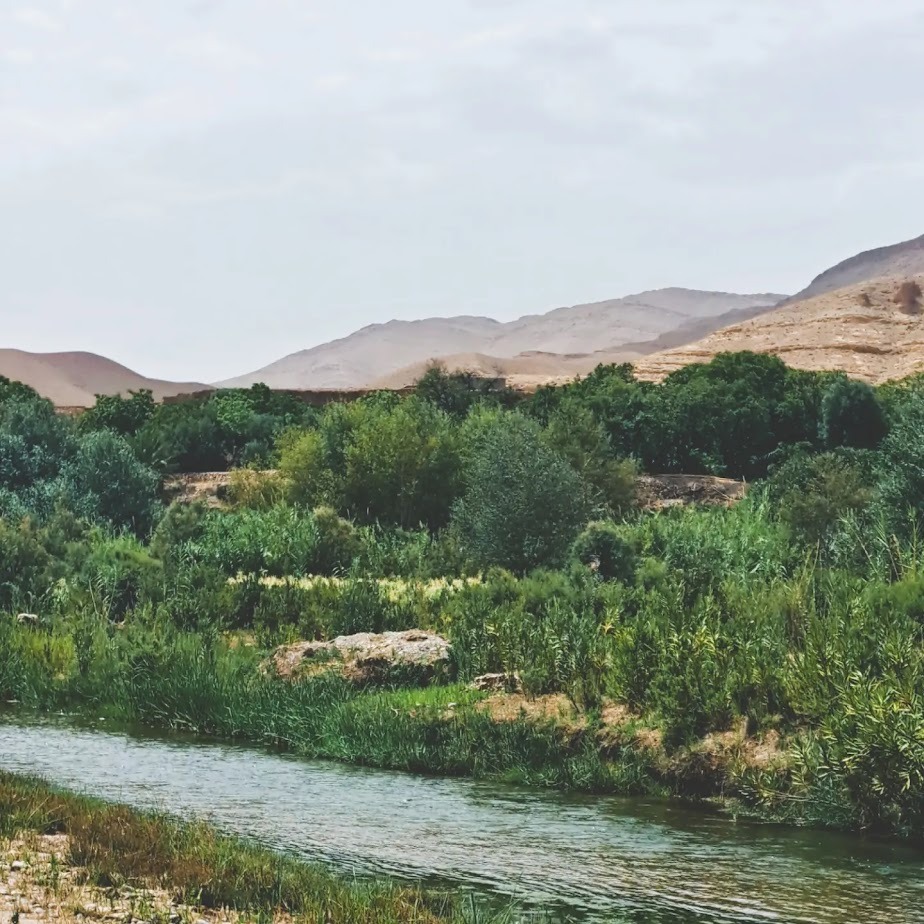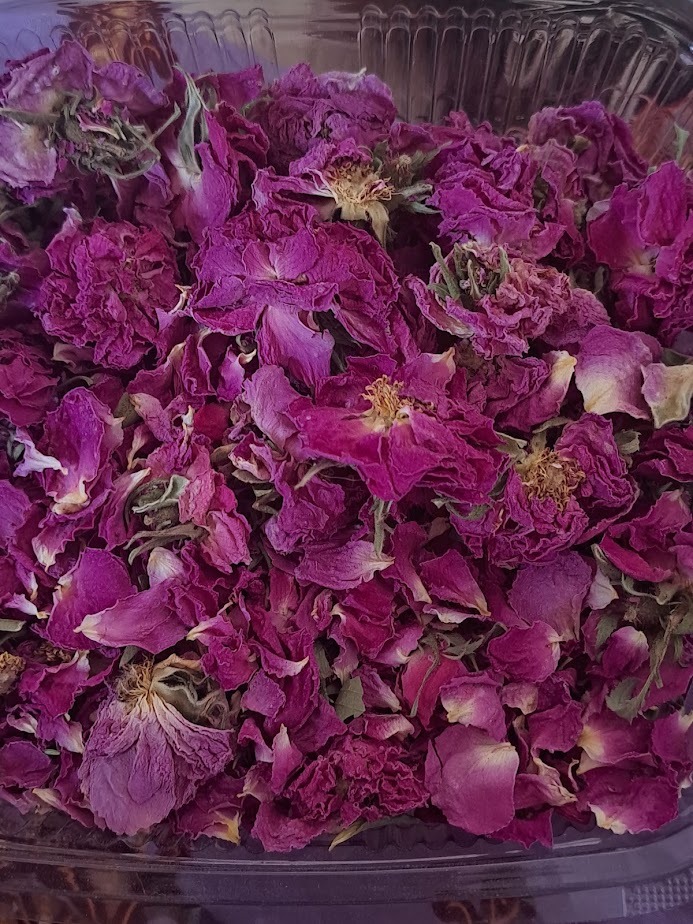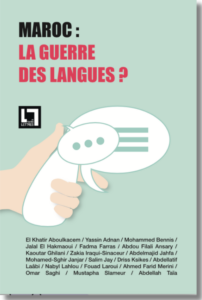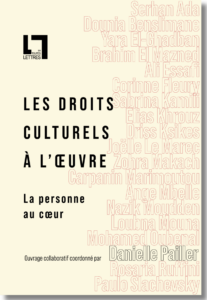Kelaa M’Gouna: Blooms, Resilience and Climate Wisdom
Nestled amidst the timeless beauty of the Atlas Mountains, Kelaa M’Gouna beckons with its intriguing history and the enduring spirit of its people, mainly women, who mobilize ancestral resources to cope with drought.
« Tighremt N’mgunen, » the « House of Megouna, » as the Amazigh name suggests, holds within its name echoes of a bygone era, guarding the memories of the Megouna tribe. Over centuries, this village has cultivated a profound bond between its people and the rugged landscapes that cradle their lives. The heart of this community is steeped in tradition, with a remarkable cultural heritage inseparable from the land that cradles it. At its core is an annual celebration, the « Festival of Roses, » held in May, a exulting homage to the harvest of rosa damascena. However, this charming village extends its fame beyond roses, cultivating almonds, walnuts, apricots, peaches, figs, and grapes. Kelaa M’Gouna has thrived as a bustling commercial hub, where the bounty of nature is transformed into exquisite cosmetic products showcasing the region’s prized roses. Amidst the ancient, arid landscape, the village preserves architectural gems like kasbahs, ksours, and zaouïas, vivid reminders of bygone eras. Yet, many of these architectural treasures now stand abandoned, their historical echoes fading, fatality of the relentless march of time.


Ksar Mirna, located in the valley of roses, incarnates the architectural heritage genious of the region, a testament to both its enduring past and its fragile future. Diversity thrives within the village’s confines, with traces of mellahs, the once-vibrant neighborhoods of Jewish communities. Their synagogues and cemeteries speak to the village’s centuries-long history of multicultural coexistence. Amidst these historical wonders, you find the « jnanat, » small green oases scattered throughout the region. These picturesque pockets of life dot the landscape, centered around wells, which are the lifeblood of the community. The houses here, constructed with traditional techniques and adorned with clay, reflect the harmonious interplay between humans and nature. These jnanat hold a promise, a promise of sustenance, and a testament to the enduring connection between the people of Kelaa M’Gouna and their land.
Nevertheless, like many places around the world, Kelaa M’Gouna faces a daunting adversary: climate change. As temperatures rise, rainfall patterns shift, and drought seasons lengthen, the community’s traditional way of life is under siege. The burning sun scalds the land, with temperatures frequently soaring to 30°C, 40°C, or more. A known paradise for roses, almonds, figs, and other fruits now finds itself in a precarious embrace with climatic chaos. The highlands in the region are no strangers to the gentle sent of roses, a delicate flora that flourishes at around 21°C. The temperate zone fruits, like almonds, figs, walnuts, and peaches, require temperatures between 25-30°C for and ideal growth. Yet the land, stubbornly, insists on surpassing these temperatures, menacing the bountiful harvests these groves have bestowed for generations on end. A woman, carefully collecting figs and apricots in a jnan, reminisces, « The jnanat are not as they used to be… I remember we would go out and bring back 2 to 3 buckets of figs and walnuts a day. Now, we’re lucky if we even get one. » Water, or the lack thereof, onl consolidates the challenges of the region. The shifting climate intensifies evaporation, amplifying the stress on local water resources. The region’s wells and reservoirs face the threat of drying up. With droughts becoming more frequent and prolonged, the region is turning to arid dust.
The feminine art of the Khettarat
But Kelaa M’Gouna is no ordinary village. Here, resilience is a deeply ingrained trait, and the women of the community are its champions. They are the custodians of their environment, the guardians of their cultural heritage, and the leaders of change in the face of an ever-shifting climate. Widad Sadouk, an expert in resilience and climate change adaptation, answered some of my questions in order to better understand how the women of Kelaa M’Gouna draw from their ancestral practices to confront these climate-induced challenges. In these territories, men and women have different roles in responding to the challenges of climate change. Women have a crucial role in the local economy, particularly through activities like rose cultivation, utilizing skills passed down through generations. Women have initiated agroecology projects to counter water scarcity and soil depletion. They combine traditional knowledge with research-based practices to harmonize agricultural development, environmental preservation, and biodiversity protection. The women have inherited the art of water conservation and sustainable crop management from their forebearers. A lot of techniques are being used to conserve the precious water ressources. As mentionned by our expert, the employ a heritage that runs deep (running back to centuries ago), the « Khettara » or « Qanat, » is an intricate underground tunnel system born from the wisdom of past generations. These ancient marvels ferry water from the mountain springs, providing life-sustaining nourishment to the land. And it’s the women who serve as the wardens, ensuring the durability of these vital structures. To tame the fierce heat and preserve their delicate crops, the women turn to the wisdom of their ancestors.
On this land, they’ve long embraced the practice of mulching, a technique of covering the soil with organic materials like straw or leaves. This age-old practice protects roots from the searing sun and preserves soil’s humidity and moisture. It’s a technique that has stood the test of time and keeps the harvests alive. Their secret weapon for thriving in the midst of those high temperatures? Diversification. As Widad explains, “their preservation of traditional practices is a lesson we can all learn from, ». Indeed, their ancestors sowed a single path, but the women of Kelaa M’Gouna tread a different one. They experiment with heat-tolerant crops, those that laugh in the face of drought, like cacti. Some women even explore new fruit varieties that insolently weather the gliding heat.
The strength of communities
There’s more to the story though. It’s about collaboration, the women working together in the scorching sun, their connection as strong as the mountains that cradle their homes. It’s about a community coming together, ensuring their traditional practices adapt to a changing world. The women of Kelaa M’Gouna have embraced their ancestral wisdom and seamlessly combined it with modern methods to diversify agricultural production and effectively manage resources. Their adaptability and success in preserving their traditions while addressing climate change provide valuable lessons for regions worldwide grappling with this pressing issue. Passing by a jnan, an enchanting melody would transport you. That melody, women singing in unison Amazigh ballades and poems to get passed the unerving sun and the long hours of collecting the harvest. We call that « Timnadin”, a common poetic genre throughout the southeastern region. Additionally, women play significant roles in various aspects of agriculture, such as tending to livestock and participating in crop harvesting.
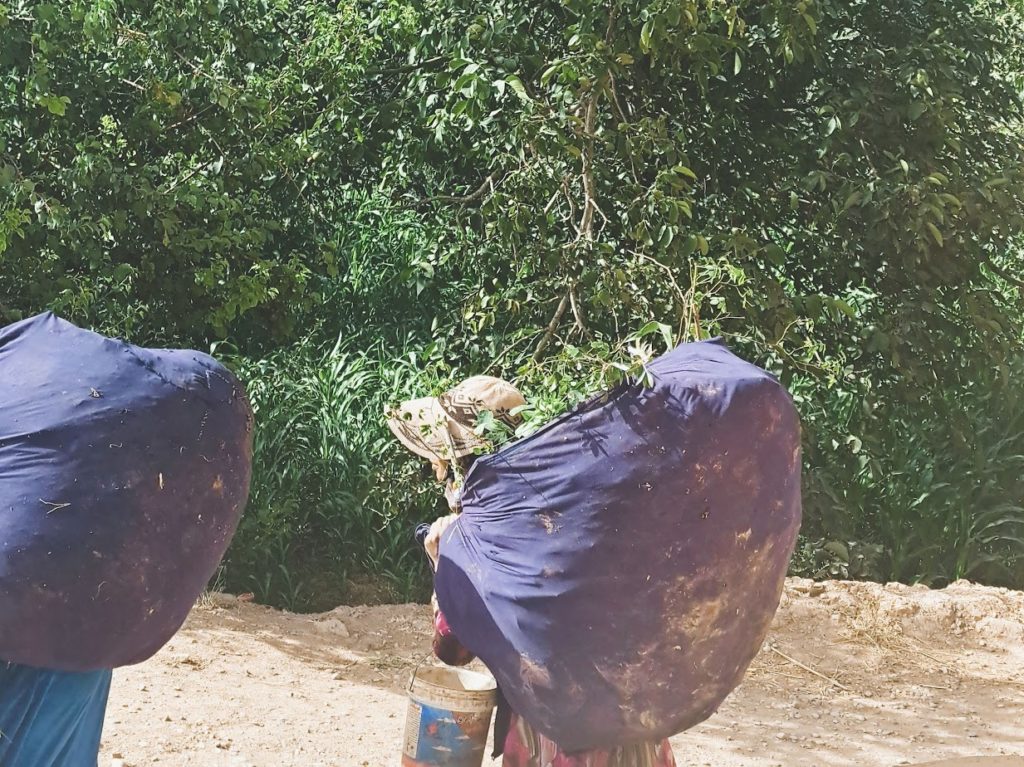
They have been instrumental in maintaining agroecological practices, which include producing local seeds, crop rotation, and organic fertilizer production. In Kelaa M’Gouna, women’s cooperative associations play a pivotal role in rose cultivation, offering employment opportunities and promoting local development. The products manufactured by these cooperatives, such as rose water and essential oil, are commercialized both locally and internationally. In these tales of durability and adjusting, there’s a message for the world, a message of hope born from the women of Kelaa M’Gouna. These keepers of the environment stand as beacons of change, blending the timeless with the modern, drawing from ancestral practices while embracing contemporary techniques to thrive. The region’s resilience is a testament to the enduring connection between humans and their environment.
These lessons from traditional communities, who have faced challenges to safeguard their land and heritage, offer valuable insights for combating the multifaceted effects of climate change worldwide. It underscores the need to recognize and harness their wisdom in addressing climate change. In the tales of Kelaa M’Gouna, a message of hope for the world emerges, born from the resilience of its women. These guardians stand as beacons of change, skillfully weaving together the timeless and the modern. Drawing wisdom from ancestral practices, they embrace contemporary techniques not just to survive, but to thrive in their environment. Their stories resonate with the enduring power of traditional wisdom, the strength of communities, and the innovative spirit of a nation. The women of Kelaa M’Gouna have extracted from their ancestral practices a blueprint for climate resilience, providing a guiding lingt for others grappling with similar challenges in a world marked by constant change.
Jihane Ziyan
Lisez l’article traduit en français sur le site d’Enass.ma.
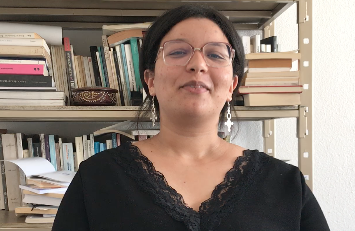 | Jihane Ziyan, spécialiste de communication, est titulaire d’un master en études de la communication et des médias, ainsi que d’une licence en études audiovisuelles et cinématographiques. |
| Ce reportage a été réalisé dans le cadre de la session Openchabab Environnement, avec le soutien de la Fondation Heinrich Böll. | 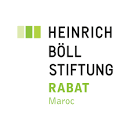 |

